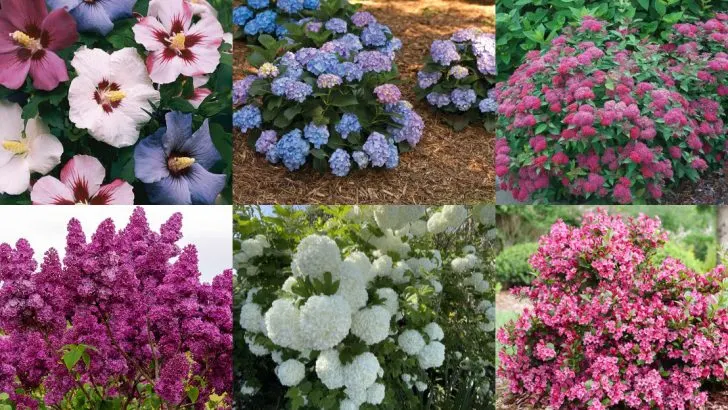Year one hides, year two steals the spotlight! Year one, your shrubs peek shyly at spring… Roots burrow underground… Stems stiffen for the real performance. Whisper to the ground while plotting a showstopping return. Brace yourself for year two. Foliage bursts into confetti showers… Blooms tangle like fireworks… Branch tips glow with fresh ambition. Leaves unfurl in kaleidoscopes no first-timers can match. These shrubs don’t mind being wallflowers at first. They build secret strength when nobody’s watching. Then they burst out center stage with petals and perfume that stop hearts. Forget instant-gratification gardens. That slow-burn drama? That’s pure garden theater. Ready for the ultimate underdog story? Scroll down to meet 13 shrubs that bloom brilliant on year two. Witness how dormant trunks transform into eye-catching masterpieces. Your garden deserves a sequel that outshines opening night. Get set for second-year glory like you’ve never seen.
Witch Hazel
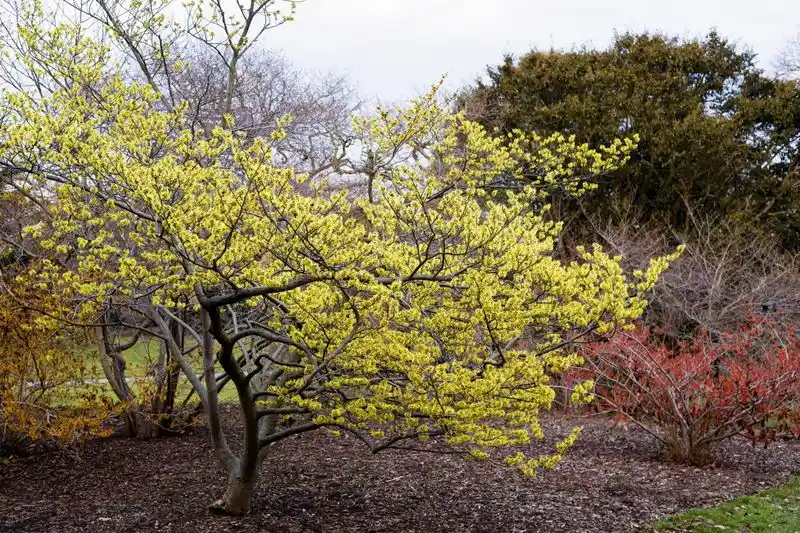
Witch Hazel might surprise you with its unique charm as it enters its second year. While the first year focuses on rooting, the second year brings forth brilliant yellow flowers. These blooms, appearing in late winter, are like little bursts of sunshine on bare branches. The sweet, spicy fragrance adds to its allure.
Beyond its beauty, Witch Hazel offers a delightful sensory experience, with its crinkly leaves and smooth, gray bark. Gardeners love its resilience, adapting easily to various soil types. Fun fact: Witch Hazel was historically used for its medicinal properties, believed to soothe skin ailments.
Hydrangea
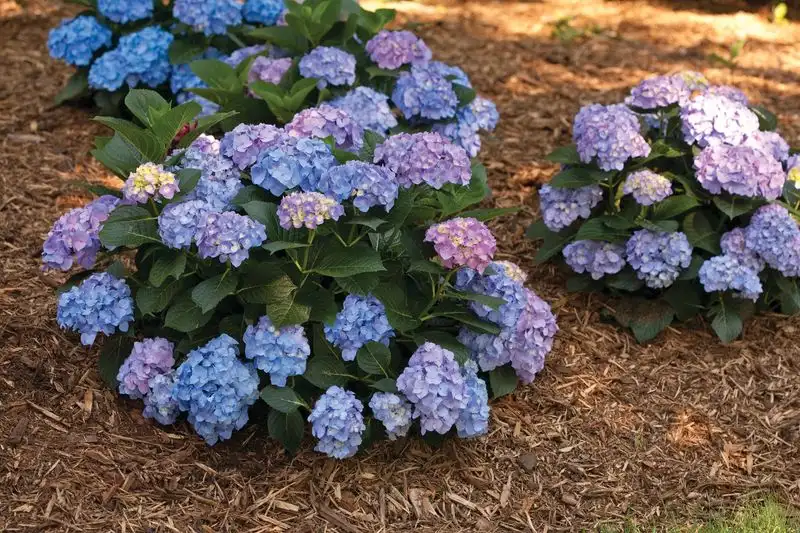
Hydrangeas truly come into their own during their second year, when their blossoms burst into vibrant blues and pinks. Initially, these shrubs might seem humble, but patience rewards gardeners with generous, globe-like flower clusters.
The texture of the petals is almost paper-like, yet they carry a robustness that defies their delicate appearance. Their ability to change color based on soil pH is both fascinating and practical for creative gardeners. Originating from Asia, hydrangeas have traveled the world, bringing joy with their lush blooms and versatile nature.
Spirea

Spirea becomes a garden favorite in its second year, when it erupts into a cloud of small white or pink flowers. Initially, its modest stature and simple leaves might go unnoticed, but time reveals its elegant nature.
The soft, feather-like flowers contrast beautifully against the tender green leaves, creating a cascading effect. Spirea is not only beautiful but also incredibly easy to care for, requiring minimal maintenance.
Did you know? Spirea has been admired in Japanese gardens for centuries, symbolizing purity and simplicity. Its understated elegance appeals to gardeners worldwide.
Lilac

Lilacs are garden classics, and their second year showcases why they’re cherished by many. Their first-year growth might be slow, but patience leads to blooms full of sweet fragrance and vibrant purples and whites.
Each cluster of flowers stands proudly, inviting bees and butterflies to visit. The aroma is intoxicating, creating a nostalgic, old-world garden feel. They thrive in sunny spots and reward gardeners with lasting beauty. Fun fact: Lilacs were brought to America by European settlers, quickly becoming a symbol of love and tranquility in gardens across the country.
Forsythia
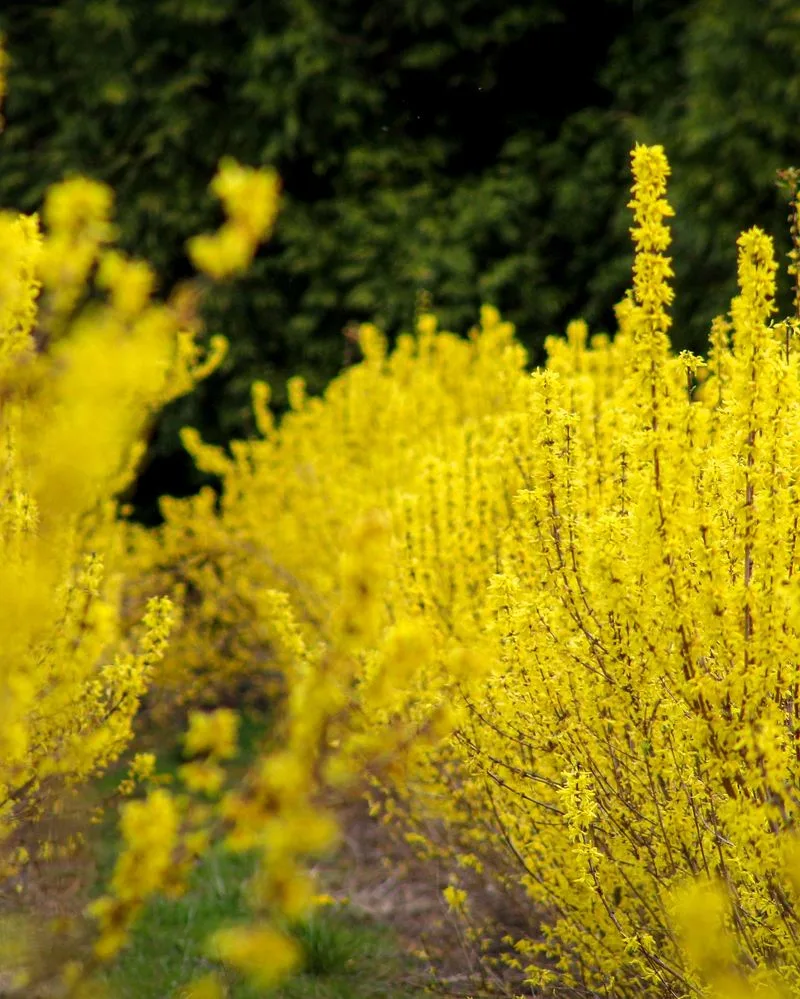
Forsythia’s second-year transformation is a sight to behold. While the first year focuses on establishment, the second year explodes with vibrant yellow flowers. These early spring blooms arrive before the leaves, creating a golden spectacle.
With its arching branches, forsythia adds dynamic movement to any landscape. It’s a low-maintenance shrub that brings early cheer to gardens. Gardeners appreciate its hardiness and fast growth.
Did you know? Forsythia is often used in traditional Chinese medicine. Its name honors Scottish botanist William Forsyth, who contributed to its cultivation in Europe.
Butterfly Bush

Butterfly Bushes become enchanting in their second year, known for their elongated flower spikes and ability to attract butterflies. Initially, these shrubs might seem nondescript, but their second-year blooms offer vibrant purples, pinks, and whites.
The aroma is sweet and inviting, making it a favorite among pollinators. Its fast growth and drought tolerance make it a practical choice for many gardens.
With origins in Asia, Butterfly Bushes have spread globally. They’re often used in butterfly gardens, providing a paradise for bees and butterflies alike.
Ninebark
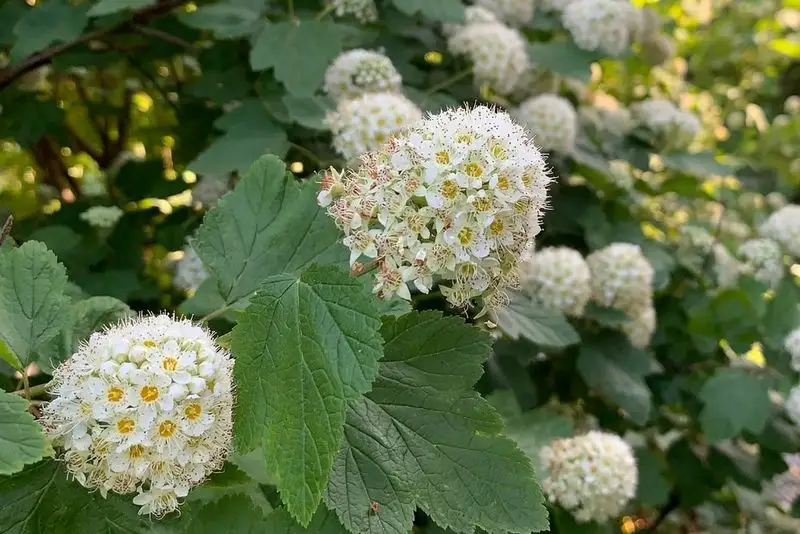
Ninebark thrives in its second year, revealing its true ornamental value. The first year might focus on root development, but the second year showcases peeling bark and clusters of white or pink flowers.
This shrub’s multi-season interest includes rich foliage colors in fall. Ninebark is hardy, growing well in various conditions, making it perfect for urban and rural gardens alike.
Fun fact: The name ‘Ninebark’ comes from the multiple layers of peeling bark, adding unique texture to any garden setting.
Rose of Sharon
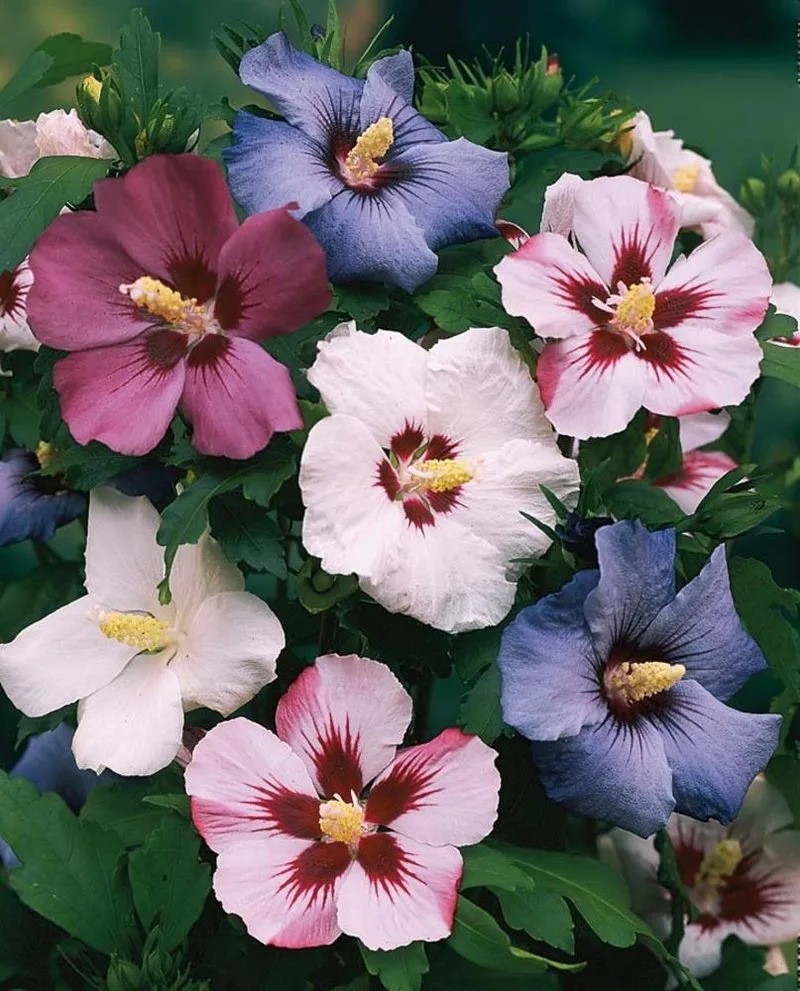
The Rose of Sharon captivates gardeners by its second year with large, hibiscus-like flowers. Though its initial growth is modest, subsequent years bring abundant blooms in pinks, blues, and whites.
This shrub’s versatile nature allows it to thrive in various climates, offering resilience and beauty. Its blooms attract pollinators, adding life to gardens.
Did you know? Despite its name, Rose of Sharon is not a rose but is related to the hibiscus family, adding exotic flair to landscapes.
Potentilla

Potentilla comes into its own in the second year, when it bursts with bright yellow flowers. Often overlooked in its first year, patience leads to a vibrant display.
This tough shrub thrives in poor soil, rewarding gardeners with persistent blooms well into the fall. Its delicate, fern-like leaves add texture.
Originating in cooler regions, Potentilla has adapted to diverse climates. It’s a favorite for those seeking low-maintenance beauty.
Deutzia
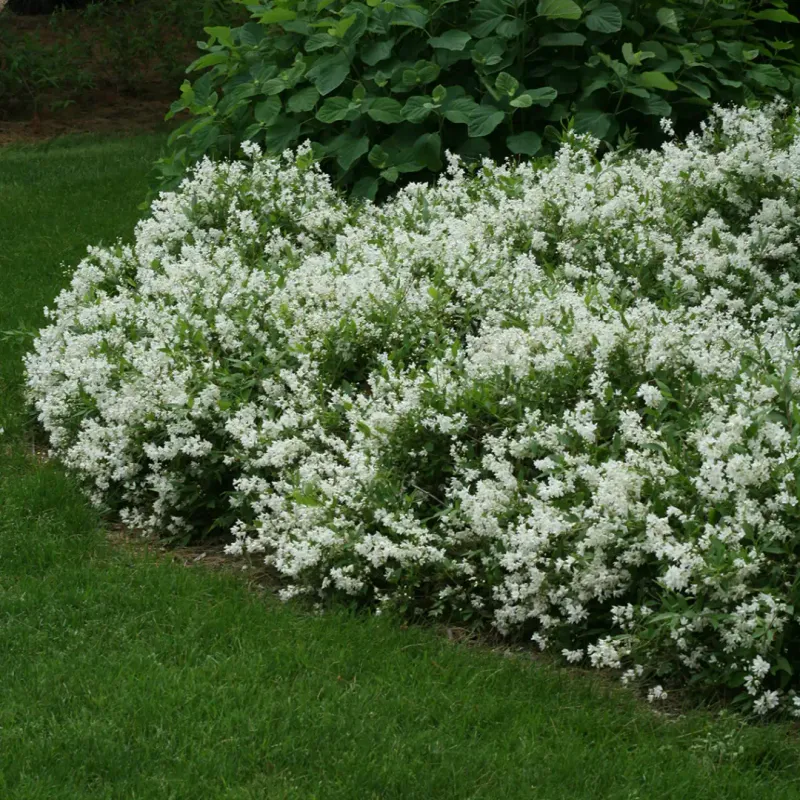
Deutzia offers an elegant display by its second year, with cascading blooms of white and pink. Initially modest, this shrub matures into a garden star.
Its flowers are delicately fragrant, inviting bees and butterflies. Deutzia’s arching branches add grace and movement to any landscape.
Fun fact: Deutzia was named in honor of 18th-century Dutch botanist, Johann van der Deutz, adding a touch of botanical history to gardens.
Weigela

Weigela’s second-year bloom is a gardener’s reward, featuring trumpet-shaped flowers in pinks and reds. While initially understated, this shrub’s growth leads to a lively display loved by hummingbirds.
Its colorful flowers are complemented by lush foliage that adds depth and texture to gardens. Weigela is hardy, adapting to various conditions.
Did you know? Weigela was named after German scientist Christian Ehrenfried Weigel, whose contributions to botany are remembered through this vibrant shrub.
Viburnum
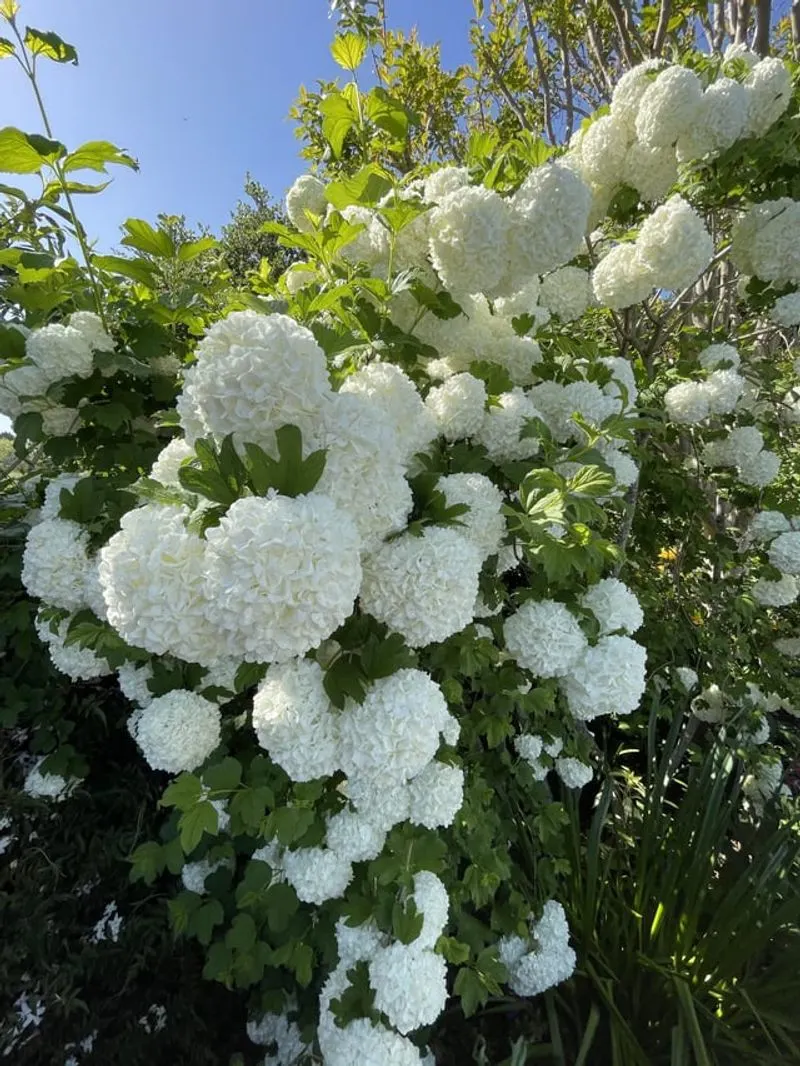
Viburnum’s second year is where its true colors shine, producing abundant clusters of white flowers. In the first year, its growth might appear slow, but its transformation is worth the wait.
These shrubs offer a delightful fragrance and berries that attract birds. Viburnum’s sturdy structure adds architectural interest to gardens.
Originating from the Northern Hemisphere, Viburnums have long been appreciated for their beauty and versatility.
Abelia
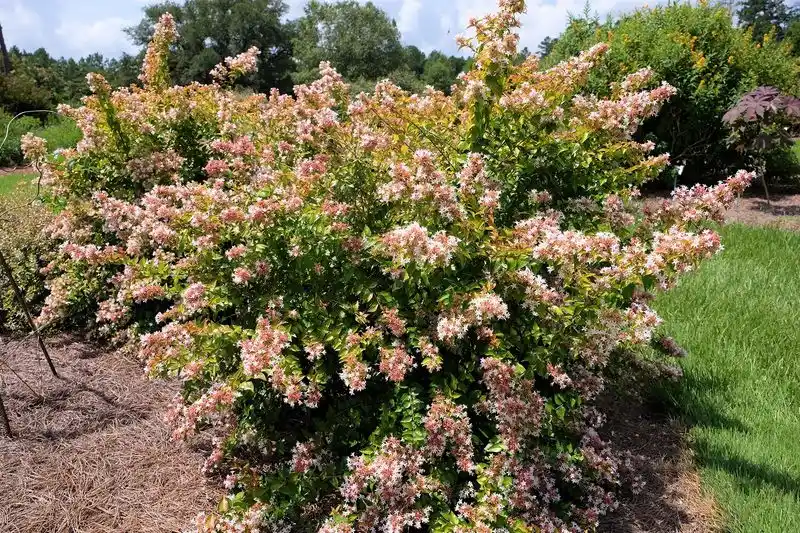
Abelia charms in its second year with small, fragrant white flowers. Initially, its presence might be subtle, but patience reveals a shrub full of life and scent.
The glossy green leaves provide a year-round appeal, and its hardiness makes it suitable for various climates. Abelia’s blooms attract butterflies and add a gentle aroma to outdoor spaces.
A garden staple, Abelia has been cultivated for its decorative qualities, making it a favorite among gardeners seeking beauty and resilience.

